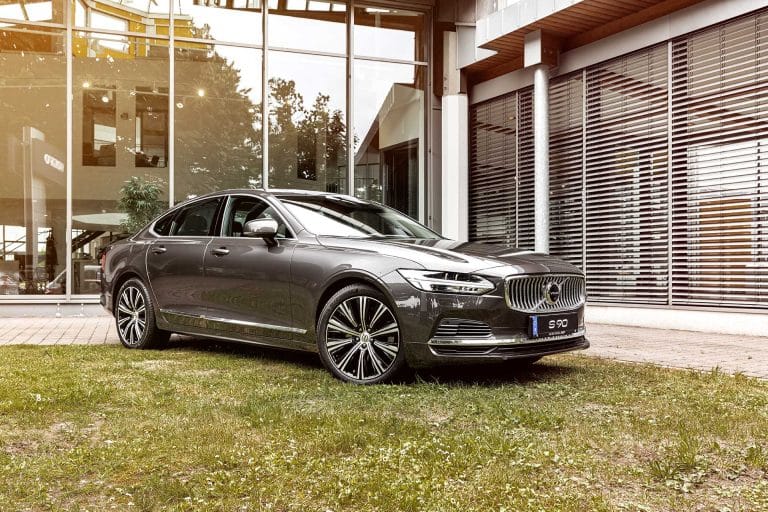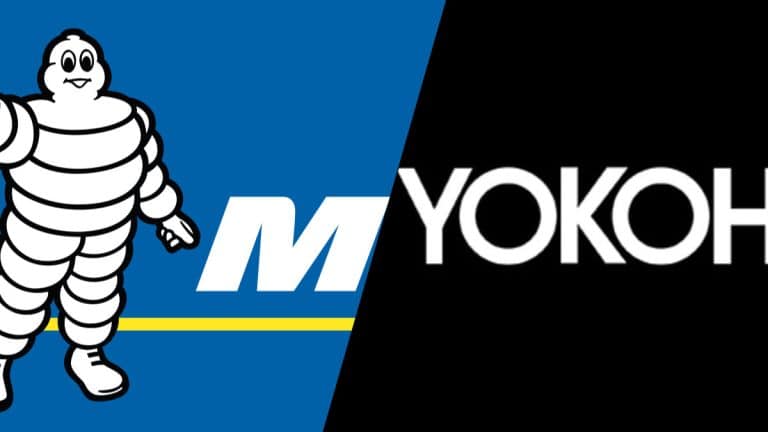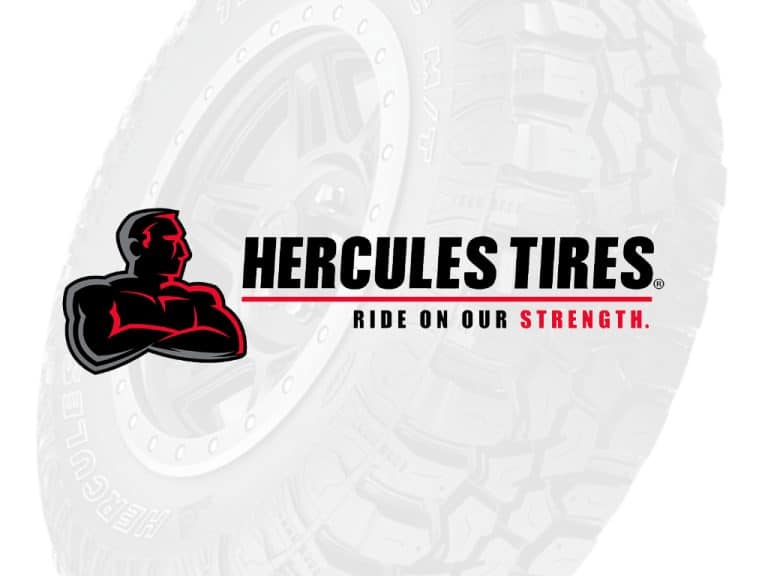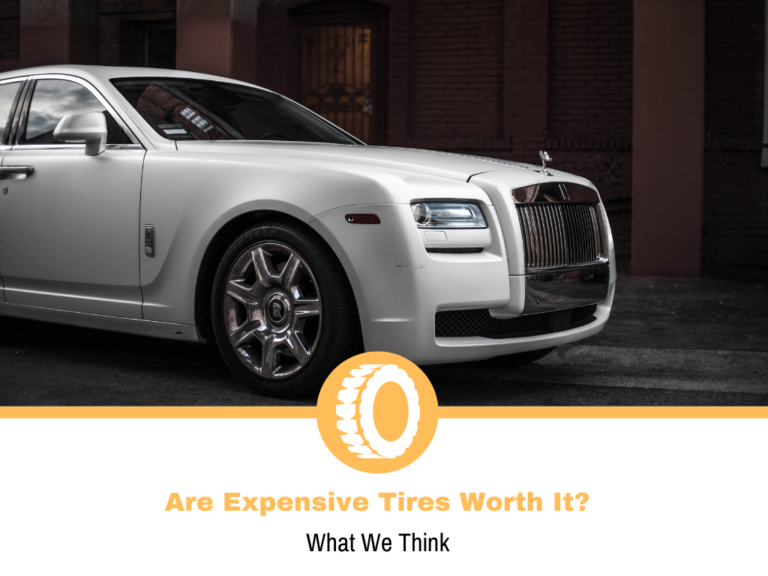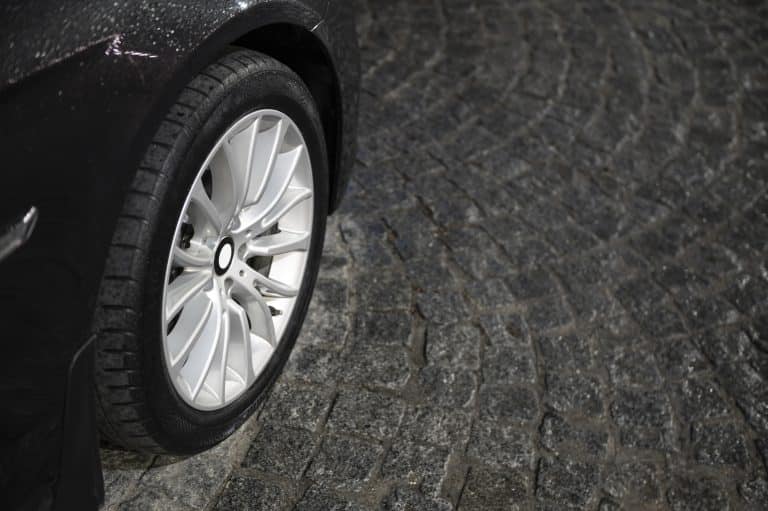How to Decide if You Need Studs
One of the many benefits of modern the modern era of the tire industry is that we have tires for every occasion. Not all car owners drive in the same conditions, so having the ability to choose is an excellent advantage.
Having multiple categories and sub-categories of tires means that you have a variety of options, depending on your needs. When I say needs, part of that covers the conditions in which you drive.
When talking about the conditions, there are some which are more problematic than others. Of course, I’m talking about winter driving. Even with the best set of winter tires, you won’t get the same levels of performance as with summer tires on dry tarmac.
Winter tires are pretty good for most situations, but even they have some limitations. Therefore, the tire industry has studded or studdable winter tires, to help in the worst conditions.
Knowing this, you’d probably think it’s best to get a set to be prepared, but is that the right approach? To answer that question, today I’ll talk about what kind of winter tires they are and who should consider them.
What are Tire Studs?
The ladies probably have an idea what studs are, but this isn’t it. A tire stud is a metal spike that’s inserted in the tread blocks. These reside in special holes in the tread blocks and offer improved winter performance in certain conditions.
In many ways, these studs work like metal claws that work with the tire itself to give you more traction. They work by protruding just slightly over the blocks, which is what gives them their clawing abilities.
Looking at it like this makes it look like the studs are the best thing you can put on your winter tires. The problem is that it’s not the case in every winter situation.
When do you need Studs?
Even though studs on a tire suggest superiority over the rest of the tires, things aren’t as simple. There are conditions where they’ll offer worse performance, so let’s discuss that.
Studs offer improved traction mostly on packed surfaces, but not all of them. The idea is to use them on ice or hard-packed snow. Without them, you’ll get limited or no traction, which is where the metal claws come into play.
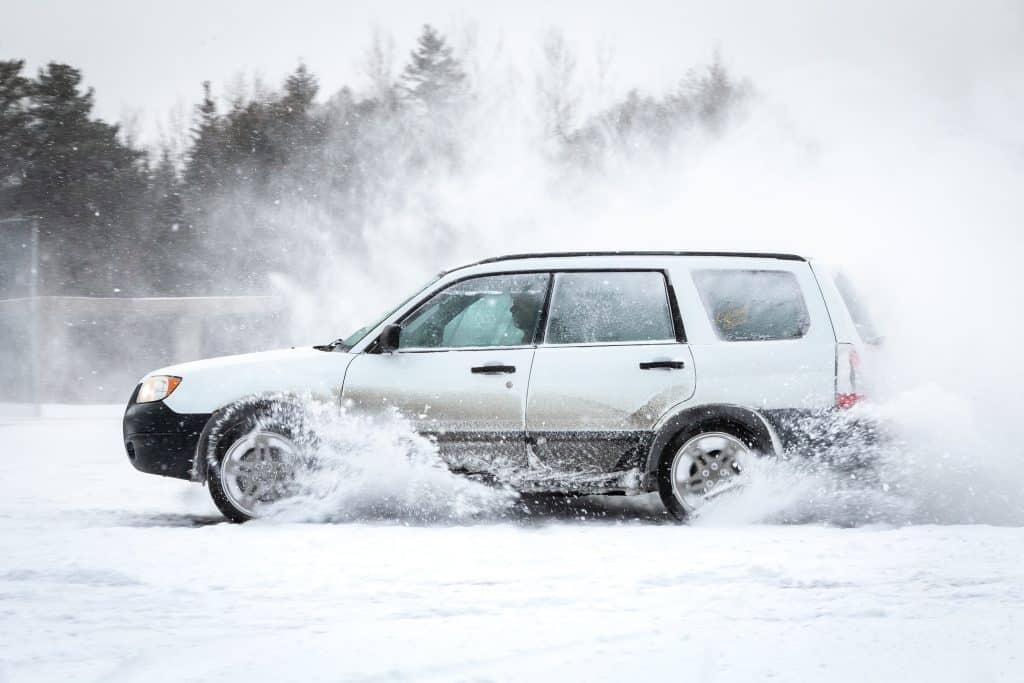
If you compare a tire with studs and without on ice, you’ll notice a massive difference. The one with studs will have far fewer traction issues, meaning that it’s easier to handle, the braking distances will be shorter and you’ll get a much safer experience. It’s a similar situation with packed snow, but the difference won’t be as pronounced.
When to avoid Studs?
As good as tires with studs are, there are some limitations to their capabilities. These come in the form of poor performance in certain conditions.
The list of packed surfaces where studs help is ice and packed snow. For the rest of the list, the performance is poor. Since they are just a fraction of an inch above the blocks, they make contact with the surface. Metal doesn’t offer a lot of friction on pavement, so you should expect poor performance on dry and wet roads. I wouldn’t say it’s unsafe, but I would call it borderline unsafe.
Winter driving sometimes means that you’ll find yourself driving on slush, which is another area where the studs won’t help. The weight of the car will push the tires into the slush, so they’ll end up on the tarmac again. This becomes very similar to driving on a wet road.
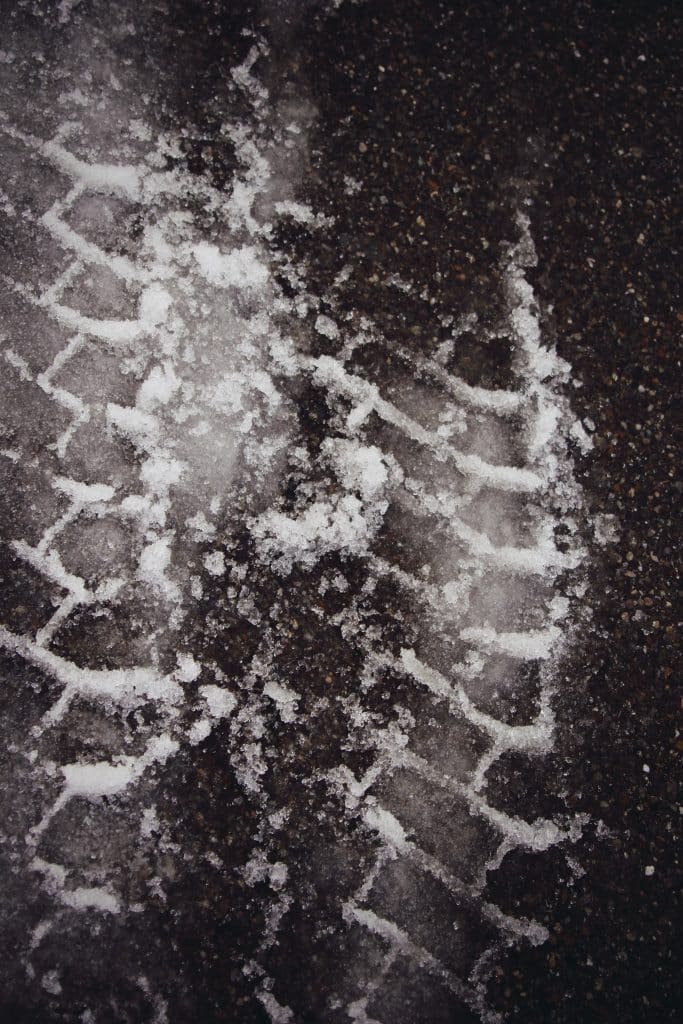
Unpacked snow, as long as it’s deep enough, is something that the studs won’t make a lot of difference. As long as the tire doesn’t reach a paved section, you’ll find that the studs don’t do a lot to improve or cripple the performance.
Deciding if You Need Studs
Making this decision may seem like a simple process, but there are multiple aspects you’ll need to consider.
The main thing to consider when deciding this is what kind of winter you have in your area. For example, I live in an area where the winters can get tricky with a lot of snow and ice. The thing is that the services will clean the roads and add a bit of salt to the mix, so ice is rarely an issue. In a worst-case scenario, I’ve driven on packed snow, which my winter tires deal with decently well.
With that said, there are far worse winters out there. There are locations where the roads aren’t as clean and the ice is a much bigger problem. In these situations, studs are a must. They’ll help you get more traction and you won’t have to worry about your safety as much.
The last thing you should think about is the law. Each state has different laws about studs, some limiting you to use them only in certain areas, while for others you have a bit more flexibility.
Studded or Studdable?
This is the biggest dilemma people have when it comes to studs. Studded tires come with studs attached permanently, while studdable tires offer the option to remove the studs.
In my opinion, studdable tires are the better and more flexible option here. You’re getting a winter tire with small holes for fitting the studs depending on your needs. You’ll need a special tool for that and it can be a fuss, but it’s much better than the permanent option.
Conclusion
Having a lot to choose from is a good thing, especially when it comes to tires. Multiple types mean they cover different conditions, so you can choose the ones that suit your needs the best.
The studs offer plenty of advantages in winter conditions that can help you get a safer performance. While this sounds perfect, there are some limitations that you should be mindful of.
Putting studs on a tire can offer plenty of advantages as long as you drive on ice or packed snow. The metal pins will improve the performance drastically when compared with a studless winter tire.
With that said, in any other condition, the studs won’t be a good option. You’ll either get no improvement or get a much worse performance than needed.
Since not all of us live in the same area and drive in the same condition, deciding if you need them or not depends on you. My only suggestion is that if you need studs, aim for the studdable models. Having the option to remove the studs when needed is better than having them permanently on.

